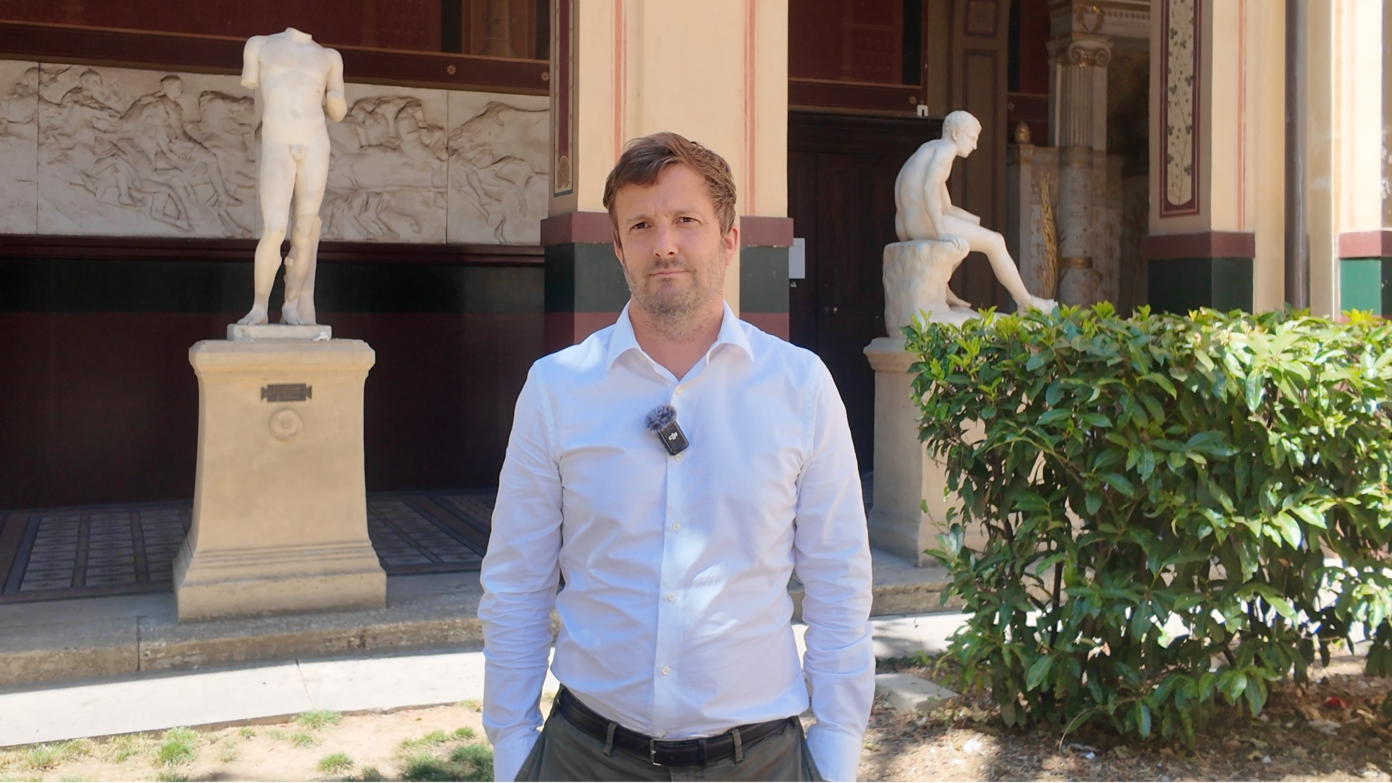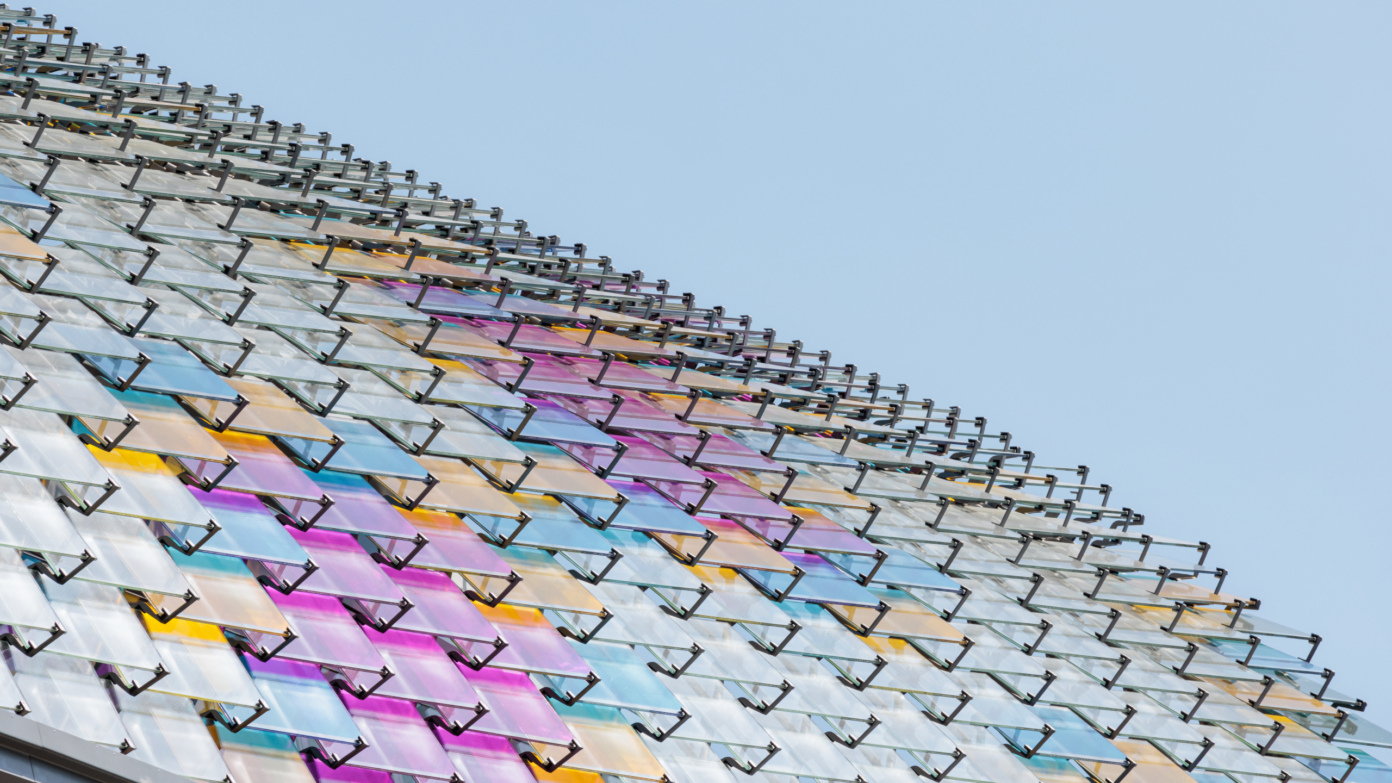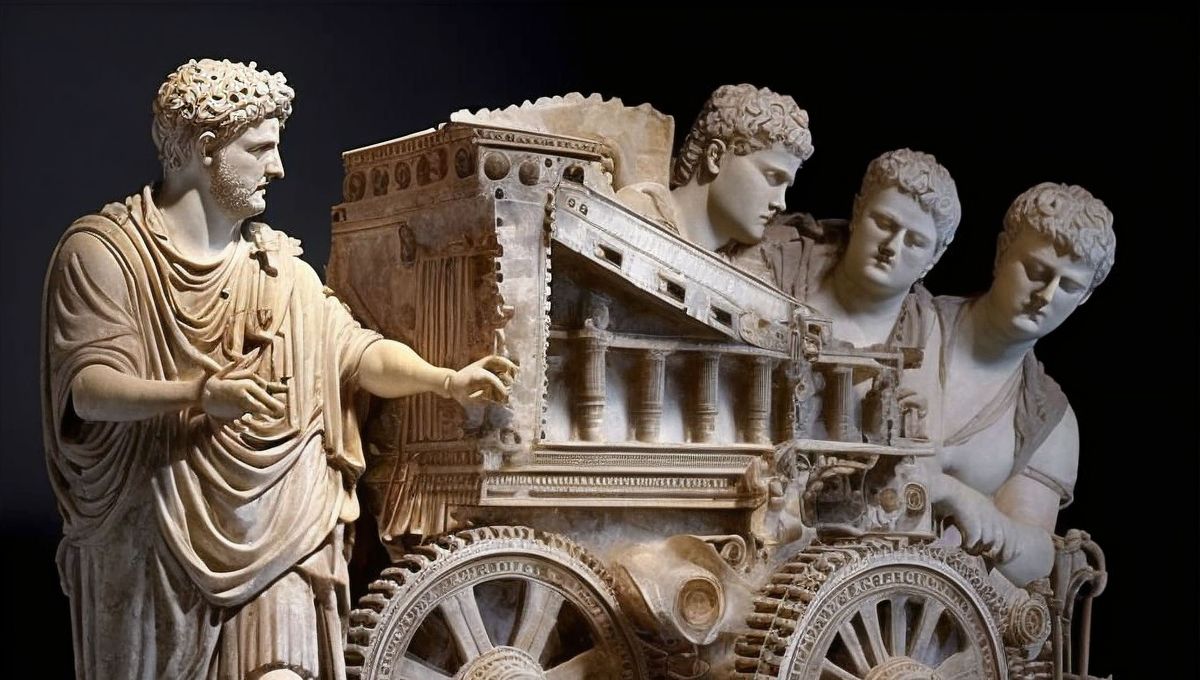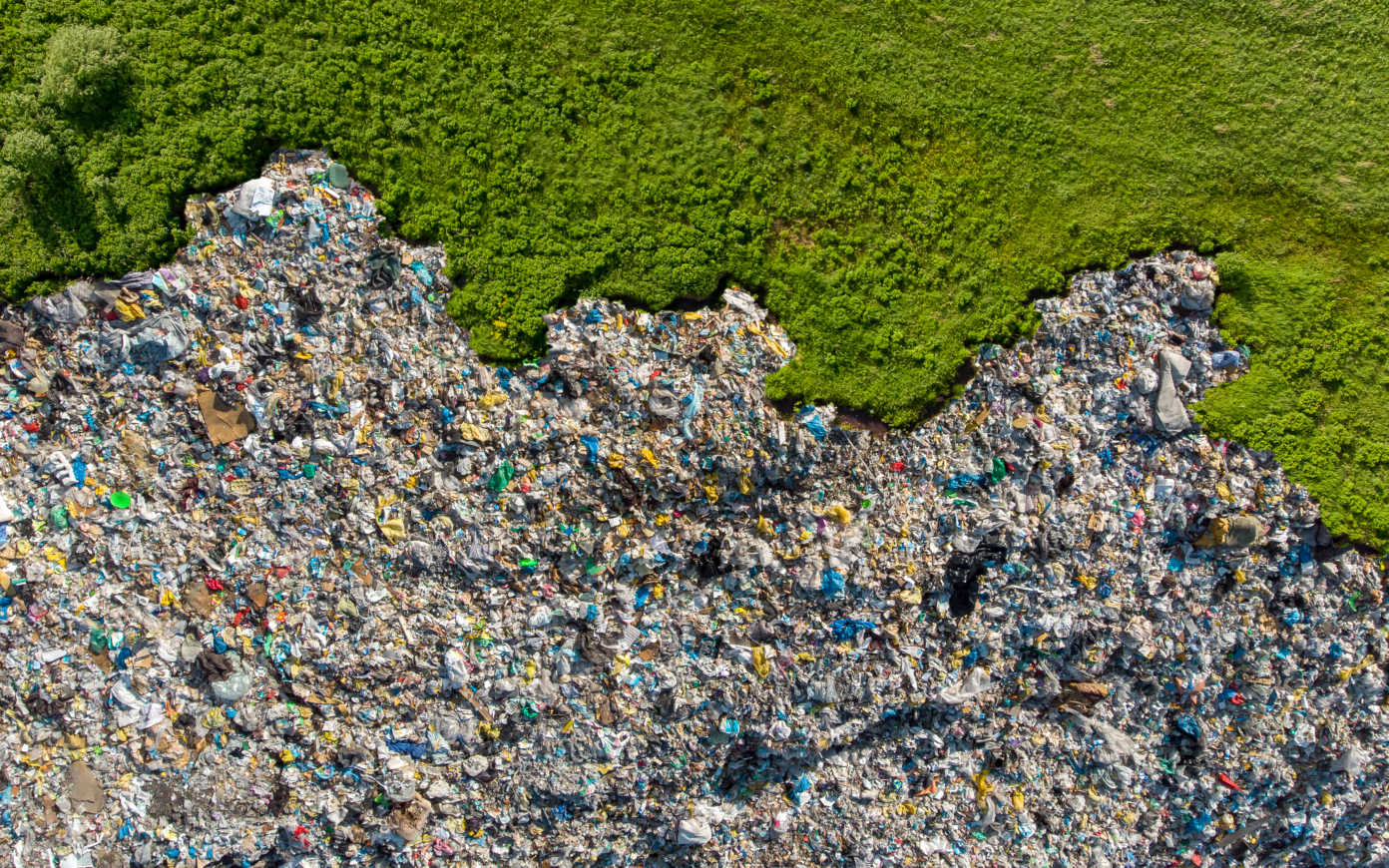A mediating framework between nature and society
One aspect that is connecting the food debate you mentioned with nature in the city is the question of urban farming, an area in which we have seen a huge rise in Paris. What is the future for urban farming? Is this just a trend, like a fashion, for a creative class? Or is there a real sense of moving toward local food production?
There’s a future there, but we need to think creatively in order to make it happen. First, urban farming needs to be scaled up if it’s going to be affordable, certainly in this country. Urban land is very expensive, so where is urban farming going to happen? It’s not necessarily on the ground. Here in Boston, we have urban farms that are very old and historic and those will probably stay. But they only feed a very small fragment of the population. An excellent alternative we have developed in the United States are CSAs—Community-Supported Agriculture— programs. With CSAs, if you are in any city that has farms on the outskirts you can buy a share in this farm. Once a week you receive your share of fruits and vegetables. It keeps the farm in business and it supplies people with fresh food.
In some cities, like New York, they have expanded that program so that people supported by the government through food stamp programs will have access to healthy food as well. Of course, this is an issue of health, too, because we have a great crisis with obesity due to the lack of access to fresh food on a regular basis.
This is a multidimensional problem that is intractable at every level. But we have been able—either through local, municipal, or state-wide initiatives—to start to move in the right direction. For instance, New England, in colonial times, was an agricultural landscape and some of those historic farms have been preserved. When the agricultural economy went to the Midwest, everything returned to forest because a temperate zone always tends to forest. So, in New England, we’re constantly battling to find a balance between forest and agriculture.
One case of different institutions working together to expand the reach of local agriculture is an organization called Gaining Ground, which runs an organic farm in a historic landscape. The products of this farm go to feed the homeless, and the labor to cultivate, harvest, and distribute the produce comes from volunteers, many of them students from the local high school that need the hours in order to graduate. So here you have an educational requirement, a social need, and a preservation issue—the homeless and access to food with historic preservation—converging. This is the future: thinking transversally to expand the applications and relevance of our organizations.
It’s not only spaces, infrastructures, and buildings that cannot be mono-functional anymore—our institutions also need to become porous; meaning, the Parks Department can’t just be about recreation. Or the historic commissions cannot just be about preservation. All of the institutions that support the existence of all of these different landscapes in our society need to expand their mission. It’s not easy to do, but I think it’s going to happen, there are remarkable examples of what small farms can do. Roofs also have great potential, especially in this country where we have big-box stores.
You have been working a lot on this subject of urban agriculture?
Absolutely. Farms inside skyscrapers, hayfields inside skyscrapers… Some of the big-box retailers are also starting to lease their roofs for photovoltaic energy, and this is fantastic. That means that there is some profit and we’re also not totally dependent on the cost of fuel. I think that’s going to happen with agriculture. These roofs need to be designed in the future to do this. In Brooklyn, New York, there are farms on top of very large roofs. I think we need to make them social, to make them the new parks and spaces of production to educate people. Because when I say this needs to be a grassroots movement, people need to understand where food comes from—that is not an abstraction. The problem is that the human-environment relationship is very abstract so nobody understands where milk comes from or everything that needs to happen for milk to get to your table.











